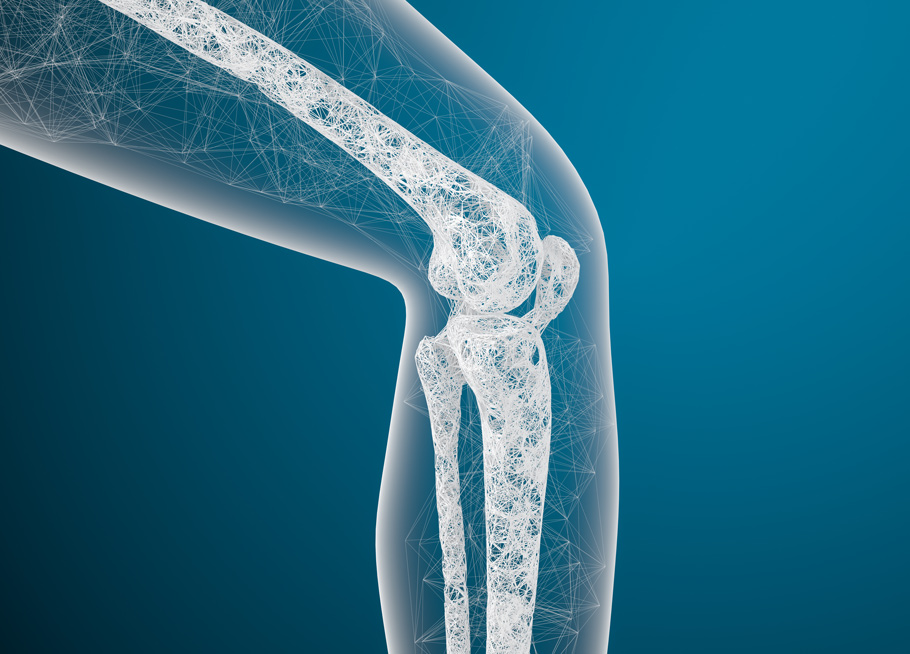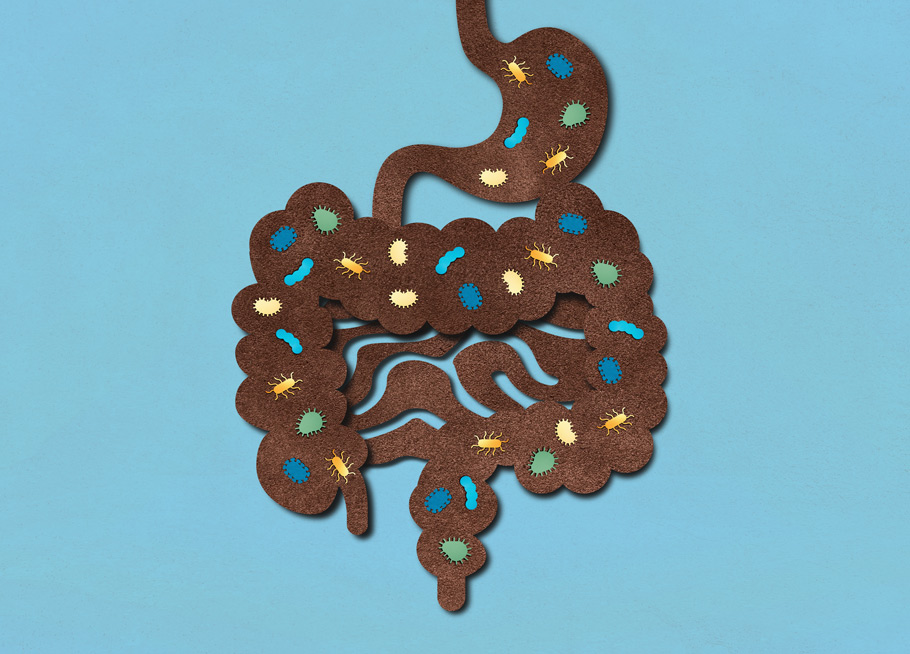
For an effective treatment for osteoporosis, zoledronate (or zoledronic acid) is a popular, well-researched and tested, and highly successful alternative to traditional treatments, which can have unwanted side effects.
At Pure Rheumatology London, we have recently introduced a zoledronate IV treatment for osteoporosis as a new treatment at our clinic at One Welbeck in West London, with consultations for the service available at any of our clinic locations.
In this article, we will explore zoledronate, how it works, and why it may be better for some patients than other osteoporosis treatments.
What Is Osteoporosis?
Osteoporosis is a disease that weakens the bones in the body, making them more prone to fractures. It occurs when the body loses too much bone tissue or doesn’t produce enough new bone tissue. This can lead to bones becoming thin and brittle.
Who Is At Risk Of Osteoporosis?
Osteoporosis can affect individuals of any age, though it is most associated with the elderly population, and is more likely to affect women.
With a healthy lifestyle in place, there is little risk of the condition in individuals below the age of 50. However, here are some instances where young people may experience an increased risk of osteoporosis:
- Genetic predisposition – Some people may have a genetic predisposition to osteoporosis, meaning they are more likely to develop it, even at a young age.
- Eating disorders – Conditions like anorexia nervosa or bulimia can lead to malnutrition and nutrient deficiencies, including calcium and vitamin D, which are essential for bone health.
- Certain medical conditions – Some medical conditions, such as inflammatory bowel disease (IBD) or coeliac disease, can interfere with the absorption of nutrients necessary for bone health.
- Medications – Certain medications, such as corticosteroids, can increase the risk of osteoporosis in young people.
- Lifestyle factors – Excessive alcohol consumption, smoking, and a sedentary lifestyle can contribute to bone loss at any age.
Age-related osteoporosis is primarily caused by the natural decline in bone density that occurs as we get older. As we age, our bodies break down bone tissue faster than they can produce new bone. This imbalance leads to weaker bones that are more susceptible to fractures.
Several factors contribute to age-related bone loss:
- Hormone changes – Menopause in women and a decrease in testosterone levels in men can accelerate bone loss.
- Reduced physical activity – As we age, we may become less active, which can lead to a weakening of the bones and the muscles around them. Low-impact exercise, such as walking and resistance training, is essential for any age group, and is particularly important to maintain if you are middle aged or older.
- Changes in diet – Our dietary habits may change as we age, and we may not consume enough calcium or vitamin D, which are essential for bone health.
What Are The Traditional Treatments For Osteoporosis?
The initial treatment for osteoporosis typically involves oral medications, such as alendronate. This is a tablet prescribed once a week by general practitioners to individuals with low bone mineral density. While alendronate can be effective, it is often poorly tolerated due to gastrointestinal side effects, including reflux. Additionally, its absorption may not be optimal, which can impact its overall effectiveness. The medication also requires strict adherence to specific guidelines: it must be taken on an empty stomach, first thing in the morning, with a full glass of water, and the patient must remain upright for at least 30 minutes. This can make it inconvenient for many patients.
Due to these limitations, many individuals seek alternative treatments, such as intravenous zoledronate, which belongs to the same class of medications (bisphosphonates) as alendronate. Zoledronate works by reducing bone resorption, which is the main issue in osteoporosis, where overactive osteoclasts (bone-resorbing cells) break down bone faster than it can be rebuilt. By calming down these osteoclasts, the medication helps balance bone remodelling.
Dr Bhadauria, Consultant Rheumatologist, explains: “One of the key advantages of zoledronate is its convenience. It is administered via a 15-minute intravenous drip just once a year, making it a long-acting option with minimal side effects. Unlike alendronate, it does not cause gastrointestinal issues, and any side effects, such as mild muscle aches, are typically short-lived. After three consecutive yearly treatments, patients are often evaluated for the possibility of taking a break from the therapy.
Why Is Zoledronate Only Available As An IV Drip?
Zoledronate is not available in pill form and is only administered intravenously, as this method of delivery is integral to its design. Administering the drug intravenously enhances its effectiveness and provides longer-lasting results, with only a single annual dose required. This delivery method has been proven to work efficiently, making it both effective and convenient for patients.
Who Is Zoledronate For?
Zoledronate is typically prescribed to individuals who have already been diagnosed with osteoporosis. In some cases, it may be prescribed as a preventative measure; however, this is not common, and treatment should be determined by a rheumatologist with a bone health assessment. All patients prescribed with zoledronate are generally reassessed after three years of treatment to evaluate their progress.
Alongside treatment with zoledronate, it remains essential to implement natural strategies for preventing osteoporosis and maintaining bone health, even for those already diagnosed with the condition. Key measures include engaging in regular weight-bearing exercises, ensuring adequate dietary calcium intake, and taking a daily vitamin D supplement of 4,000 IU. These are crucial steps in supporting bone health naturally.
However, in cases where an individual has experienced fractures or has other significant risk factors for osteoporosis—such as diabetes, inflammatory conditions, or chronic immobility—a rheumatologist will assess the situation comprehensively to determine whether zoledronate is necessary or if lifestyle modifications and natural interventions are sufficient.
Pre-Treatment Tests And Risks
Before receiving zoledronate, a DEXA scan (a low-dose x-ray to measure bone density) and routine blood tests will be conducted to assess kidney function, bone profiles, calcium, and vitamin D levels. Additionally, it is recommended that patients undergo a dental check-up and complete any necessary dental work prior to treatment. This precaution is due to a very rare but serious side effect known as osteonecrosis of the jaw, in which the bone in the jaw may deteriorate. Although this condition is uncommon, it is important to be aware of the risk. If you are undergoing dental treatment or surgery, it is essential to inform your dentist that you are being treated with zoledronate.
There are several steps you can take to reduce the risk of osteonecrosis of the jaw:
- Attend regular dental check-ups
- Ensure that dentures fit properly
- Inform your dentist of all medications you are taking
- Maintain good oral hygiene, as advised by your dentist
- Limit the consumption of sugary snacks and drinks
- Reduce alcohol intake
- Stop smoking
By following these guidelines, you can help mitigate the risk of this rare complication.
What Happens After A Zoledronate IV Treatment?
After receiving the zoledronate IV infusion, patients will remain in the clinic for approximately 15 to 30 minutes for observation to ensure there are no immediate adverse reactions. Following this, they can return home. It is not uncommon for patients to experience mild side effects such as aches, pains, or flu-like symptoms, which typically subside within five to seven days. Paracetamol is usually sufficient to alleviate these symptoms. Serious side effects are rare. Patients will generally have a follow-up appointment with their rheumatologist a few weeks later to ensure that the treatment is progressing as expected.
Where To Book Zoledronate IV Treatment For Osteoporosis
Zoledronate IV treatment for osteoporosis is available at One Welbeck with Dr. Naveen Bhadauria; however, consultation for this treatment is available at any Pure Rheumatology London location (to browse our locations, click here). Discover more about zoledronate infusions.
The treatment is also available via public healthcare, but patients should be advised that waiting lists are long, and treatment may not begin for months. At Pure Rheumatology London, we can ensure that you are assessed and treated with very little wait time. To book your consultation, use our online booking form or call 0207 126 7264.
Article by Dr. Naveen Bhadauria



